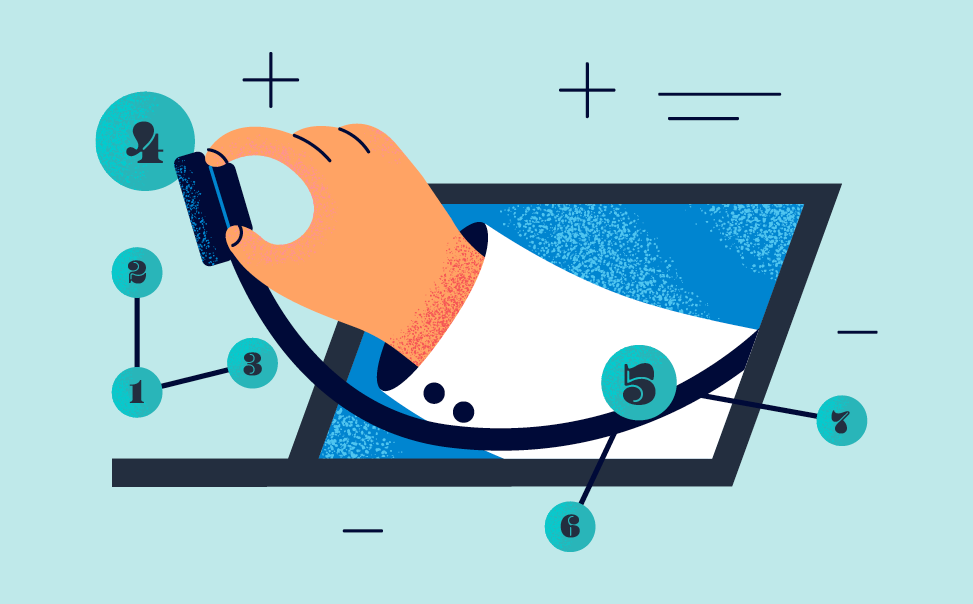Webside Manner vs Bedside Manner
If a person delivers bad news in a surly or non-empathetic way, we often say they have a poor bedside manner, or that they need to work on their bedside manner. The focus on empathy and healthy communication between a provider and patient is no different when it comes to virtual care, but there are nuances to address beforehand. This is webside manner. That’s why the eVisit Customer Success team is here. We want to make sure your webside manner is the best and that you’re set up and ready before you even see your first patient.
Virtual empathy is real empathy.
Kenneth McConnochie, MD, Founder and Director of Health-e-Access, penned an opinion piece in The Journal of Telemedicine and e-Health called “Webside Manner: A Key to High-Quality Primary Care Telemedicine for All”. According to Dr. McConnochie, it’s important to maintain your ability to reassure your patients and their families to help reduce their anxiety and stress. The components of empathy—intonation, facial expressions and body language—are all important, as is your ability to see your patients and read their responses to information.
The Cleveland Clinic has been a leader in telehealth since 2014, and in 2017 they’ve completed over 150,000 virtual visits. They have published tips from what they’ve learned on how you can display empathy to patients during a virtual call. Their guidelines point out that acknowledging that you’ve been invited into their home speaks volumes. “Thank you for inviting me into your home today,” is a great way to start the visit. During the visit, use phrases like, “I hear concern in your voice. Tell me more about this.” This shows your patient that you’re totally engaged with them. Also, tell the patient when you may type during the visit, “I want to make sure I record your information accurately, so I’ll be typing as we talk.” Simple proactive gestures like these keep the patient involved and not feeling ignored.
“Do I have anything in my teeth?”
Dr. Elizabeth Krupinski, the Associate Director of Evaluation for the telemedicine program at the University of Arizona said in Wired Magazine, “It’s all the little things, I mean, there’s the technology bit, obviously; webcam resolution, internet connection, and so on. And you have to think about your backdrop, your lighting, what you’re wearing as well. But what you’ve really got to monitor is your behavior.”
According to Dr. Krupinski, all of a provider’s actions become magnified on camera. Your image is the super-focus of the patient during a virtual care visit. If you take a drink, the container blots out your face and the sound of it becomes magnified too. Fidgeting, scratching, and appearing to do other things makes it appear you don't care⏤but this is not an insurmountable obstacle by any means. The good news is that there are some simple techniques and things you can do ahead of a visit to minimize distractions and provide a pleasant patient experience.
The "eVisit Top-Five"
Let’s be honest, going through this list, you might find yourself thinking, that’s obvious. However, you’ll be surprised by how many office managers and HCPs haven’t given this concept a single thought, and that’s okay! We’ve come up with the “eVisit Top-Five” list for the best webside manner.
Communicating with your patients is what you do, but doing so face to face is different from
over your virtual care platform. Some tips to help you optimize communicating over the internet are:
- Position yourself at eye-level with the camera and focus on the camera when listening and talking.
- Make sure that you can see and hear each other clearly, and let the patient know this will feel different than sitting in the exam room.
- Stay seated, stay still, stay focused (avoid tapping, fidgeting, or props)
- Avoid using your computer for anything outside of the visit you're conducting.
- If you need to take attention away from your patient for an extended period of time, send them back to your virtual waiting room to protect their privacy, and respect their time.
Lighting may seem easy, but remember the light should come from in front of you and not behind. A halo effect may be complementary, but as soon as you move your head, your patient will be looking directly into a bright light.
Just like an in-person encounter, conduct the visit in a quiet, interruption-free private space, and make sure you’re maintaining HIPAA standards. An insulated or sound-proofed room will limit background sound/audio disturbances that could interfere with communication, like barking dogs, televisions, radios, traffic and sirens.
Have an aesthetically pleasing background that is appropriate and professional. Solid, light colors, neutral tones or lighter shades of blue are best. Dark colors and patterns are too bleak and distracting on video.
The camera will magnify your appearance, so dress appropriately and give yourself a good, up-close look in the mirror before starting a virtual visit, especially after a meal or blowing your nose. It’s better to find out before the visit than after!
Completing equipment tests at least once per week and always before any on-call/scheduled availability will limit the effect of Murphy’s Law. Also, remember you can always contact your eVisit Technical Solutions team for assistance if and when you hit a technical obstacle.
If you would like help with your webside manner, just schedule some time with your eVisit Business Consultant by calling 844-693-8474. We are here to help you optimize the usage of your virtual care platform, and we look forward to helping you!





